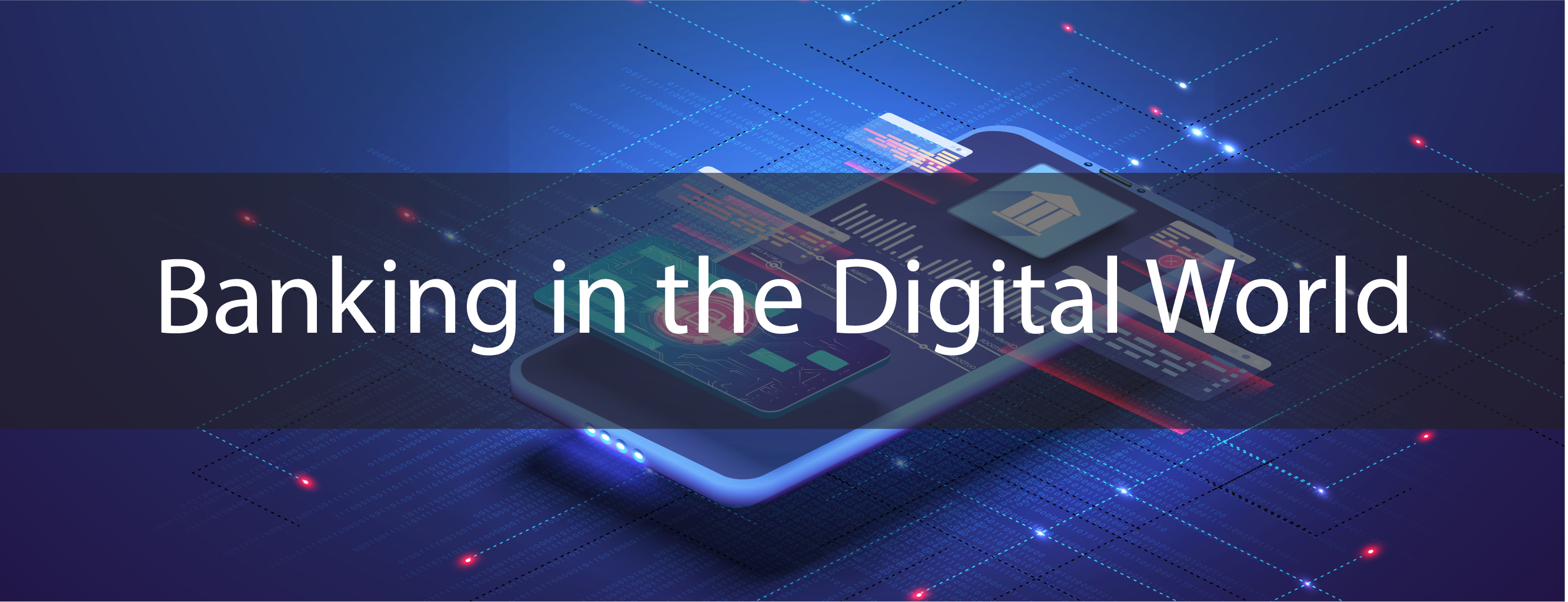The banking industry has faced the fastest transition, jumping head first into the unchartered waters of the digital world. Who would have thought that the Covid-19 pandemic would stream roll every aspect of life into embracing digital skills and services, but here we are now; much wiser and better as we horn in our skills to ensure that our bank throws that essential life line to our customers keeping them afloat in ever changing times.
Digital Banking Services
If someone had told you that in 2022 we would have almost phased out the busy bank halls and queues and embraced faster more efficient technology, you would not have believed it. Not every bad thing is bad for you. On the contrary, the challenges we have faced in the past 3 years have taught us to be resilient, adaptable and welcoming of the technology around us.
Mobile money, digital cards, electronic signature, secure online document wallets, free cash transfers and convenience, the last one rings true. We have moved with the changing times to ensure that our customers experience convenience in banking. One no longer needs to come to the bank for a meeting, not with many platforms offering online meetings, face time, chats and conference calls. The world is your oyster, you just have to define your ceiling to see it.
Is the world ready for this transformation?
The new normal is nothing like what we are used to. The sudden catastrophic events like the Covid-19 pandemic, sudden stock market crashes, the Russia-Ukraine war and generally political instability have created a heightened consumer demand for digital services. We live in a world where you can operate your life without leaving the comfort of your home and this must, one hundred percent be entirely facilitated by the banking industry. Good out of the bad? well this time, yes.
Technology, innovation and new ideas have been born and with that our customer numbers have grown while we work day and night to ensure that they are safe within our digital platforms. The switch to mobile and digital banking has become the single most embraced strategy since the beginning of modern banking, and much more awaits us ahead. No matter where you are around the globe, in lockdown, at home, on a hike so long as you have access to the internet and a mobile device, there are no limitations, you can access your financial services at the click of a button.
Have we mentioned authorizing transactions by facial recognition and fingerprint scanners? Digital banking is here to stay, what we need to do is research and innovate to protect our customers as we navigate through this journey together.
I&M and the Digital Frontier
I&M has launched an extensive shift to digital services aimed at making our clients lives easy. What’s better than your own personal online banking platform, 24-hour online teller support, online loans access and repayments and most of all our best and trusted Global credit and debit Cards?
The uncertainty in the current times requires an excellent partner and I&M is determined to walk with you every step of the way through innovation, research and development until we are in sync with all our customer needs.
Digitizing essential Services (I&M On The Go)
Providing online banking for fast, accurate and easy service delivery, easy mobile payments, access to loans that allow people to access bank services from anywhere. We do not have to run into the bank and fill excessive paperwork for anything as it's all in one package, the I&M On The Go mobile App and Web, where you can carry out bank transactions from the comfort of your house.
Introduction of the new I&M Debit and Credit Mastercard
If Covid, wars and sudden disasters have taught us anything, it’s the power of an excellent bank card that’s global and easy to access. With 24-hour online customer care, we are able to authorize payments, transfer and even give access to urgent finances where needed. You have it all in your hands wherever you go. I haven’t even mentioned the benefits of using these cards. I&M bank offers some of the best debit, prepaid and credit cards that are widely accepted in Kenya and beyond.
We create financial solutions with our customers’ needs in mind. Trust us as we navigate this digital journey together, because we are on your side.

















